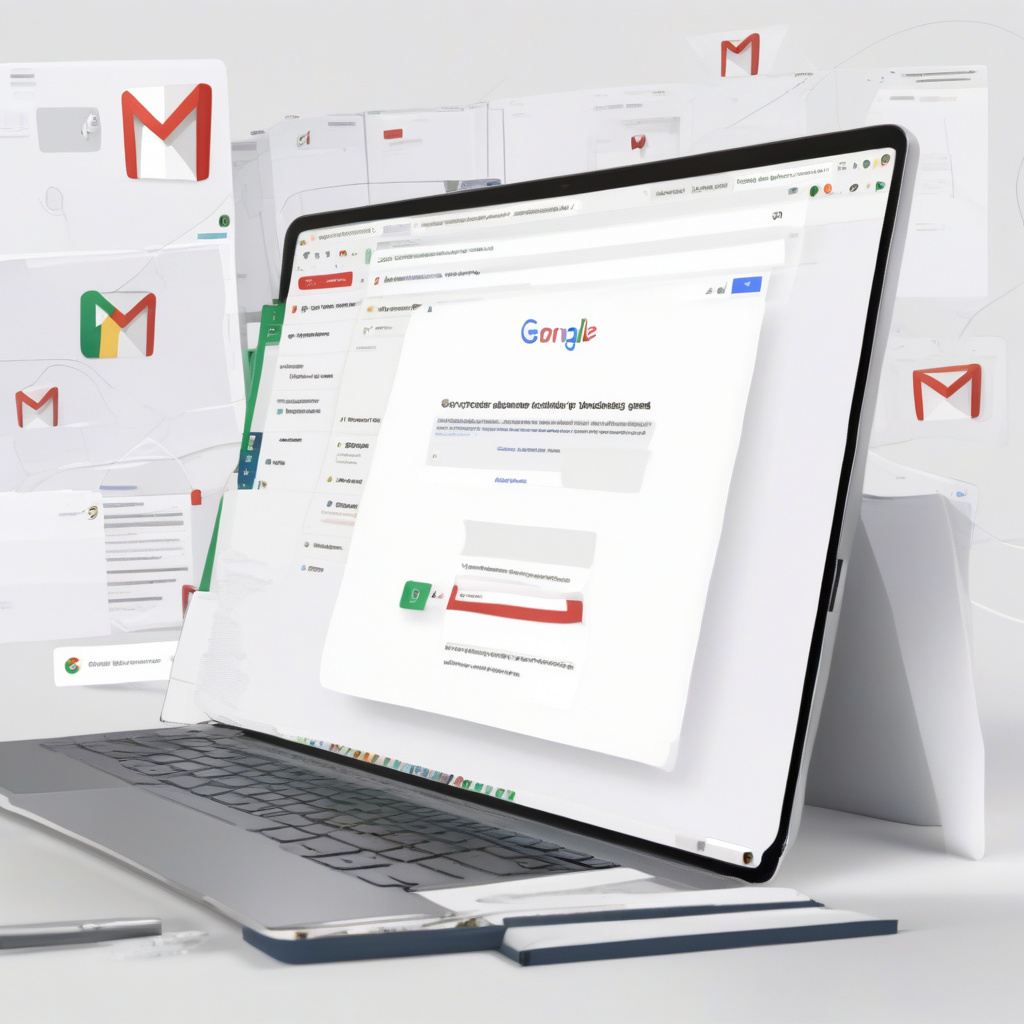Beware of the Latest Gmail Phishing Attack: Malware Concealed within Fake PDFs
In the ever-evolving landscape of cybersecurity threats, a new Gmail phishing attack has emerged, posing a significant risk to users. This latest tactic involves cybercriminals hiding malware inside fake PDFs, using a deceptive technique to evade detection and lure unsuspecting victims into their trap. Known as MatrixPDF, this insidious scheme takes advantage of blurred content and prompts within the email, exploiting Gmail previews to deceive users and unleash malicious software onto their devices.
The MatrixPDF phishing attack is particularly dangerous due to its sophisticated approach to bypassing traditional security measures. By utilizing blurred content in the fake PDF attachments, cybercriminals can evade detection by both automated security systems and unsuspecting users. When recipients attempt to open the attachment to view the supposedly innocuous document, they are instead prompted to enable macros or download additional content, unknowingly granting the malware access to their system.
One of the key tactics employed by the perpetrators of the MatrixPDF phishing attack is the exploitation of Gmail’s preview feature. By leveraging this functionality, cybercriminals can provide a seemingly harmless preview of the fake PDF within the email, enticing users to interact with the attachment without raising suspicion. This technique not only increases the likelihood of successful malware delivery but also makes it more challenging for users to identify the threat before it’s too late.
To protect against the MatrixPDF phishing attack and similar threats, users must remain vigilant and adopt best practices for email security. Here are some essential tips to help safeguard against phishing attacks:
- Verify the sender: Always double-check the email address and sender details to ensure the legitimacy of the communication. Be wary of unexpected emails or messages from unknown contacts, especially those containing attachments or prompts to download files.
- Avoid enabling macros: Never enable macros or download additional content from suspicious email attachments, especially if you were not expecting the communication. Macros can be used to execute malicious code and compromise your device.
- Hover before you click: Before clicking on any links or attachments in an email, hover your cursor over them to preview the destination URL. Watch out for any discrepancies or unusual web addresses that may indicate a phishing attempt.
- Keep software updated: Ensure that your operating system, antivirus software, and email client are up to date with the latest security patches and updates. Regularly installing updates helps protect your device against known vulnerabilities exploited by cybercriminals.
- Educate yourself and your team: Training and awareness are crucial in the fight against phishing attacks. Educate yourself and your team members about common phishing tactics, warning signs to look out for, and proper procedures for handling suspicious emails.
By staying informed and proactive in your approach to email security, you can effectively defend against phishing attacks like MatrixPDF and safeguard your sensitive information from falling into the wrong hands. Remember, vigilance is key when it comes to protecting yourself and your organization from evolving cybersecurity threats.
#GmailPhishing #CybersecurityThreats #EmailSecurity #MalwareProtection #PhishingAttacks
